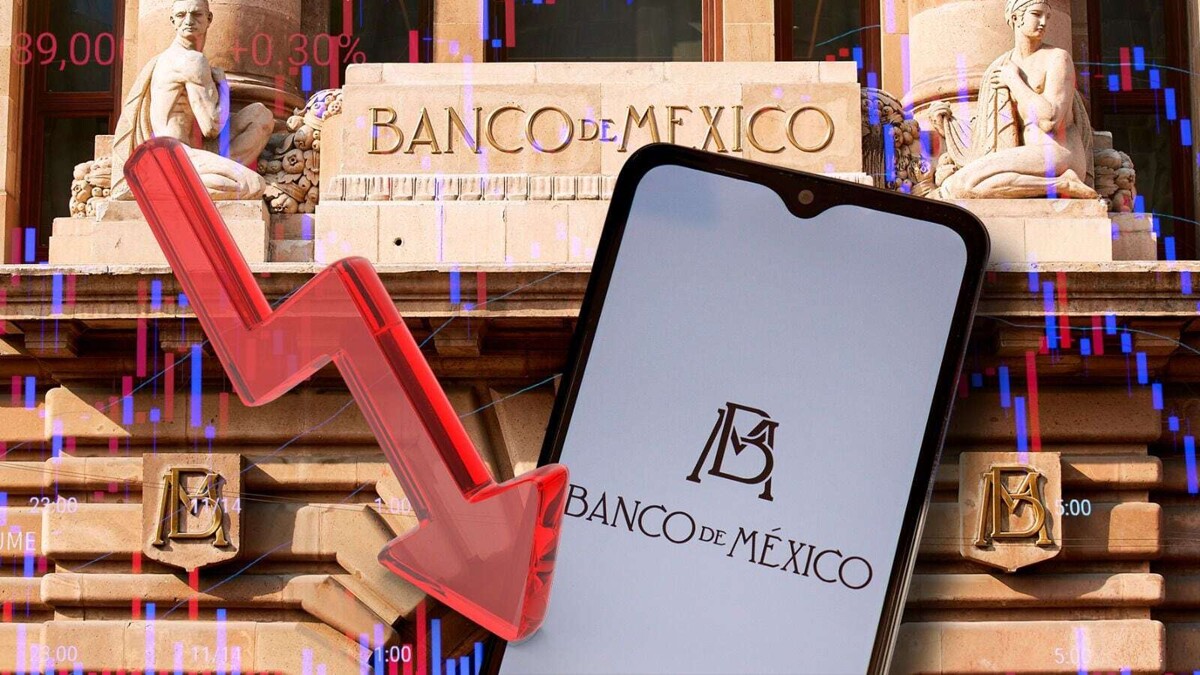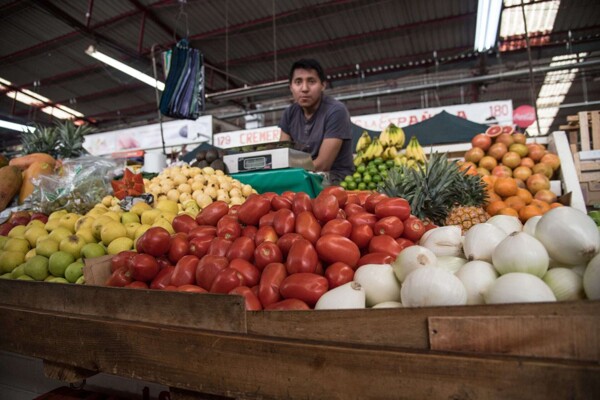
Some experts argue that if the Federal Reserve of the United States decides to end its cycle of interest rate cuts, the Bank of Mexico (Banxico) would be limited in its ability to continue lowering rates, despite local conditions suggesting the need to do so. These conditions include inflation converging towards the target, a monetary stance considered too restrictive, and a clear economic slowdown. The importance of maintaining an interest rate differential between both economies is emphasized to avoid a depreciation of the Mexican peso.
The Bank of Mexico recently reduced its monetary policy rate by 50 basis points and indicated that there is still room for further cuts. However, some argue that reducing the interest rate differential could lead to an outflow of capital, complicating the financing of the fiscal deficit. Currently, the interest rate differential between Banxico and the Fed stands at 5%, above the average of the previous decade before the pandemic.
It is suggested that there is still room to distance from the Federal Reserve's policy, although the possibility of this differential being reduced is also raised. Despite the threat of a postponed 25% tariff, it is expected that the three economies of North America will avoid this measure, which could severely affect the region.
Additionally, it is mentioned that the depreciation of the peso recorded since last year should not be an obstacle for Banxico to continue its cycle of rate cuts. The 2020 pension system reform is highlighted as a factor that will contribute to increasing the assets managed by Afores in the future.
It is emphasized that the reduction in the holding of government bonds by foreigners has not had negative repercussions on public finances or financial stability, suggesting that Mexico now has greater independence to set its monetary policy compared to previous years. This supports the idea that Banxico has room to continue reducing the reference rate.













